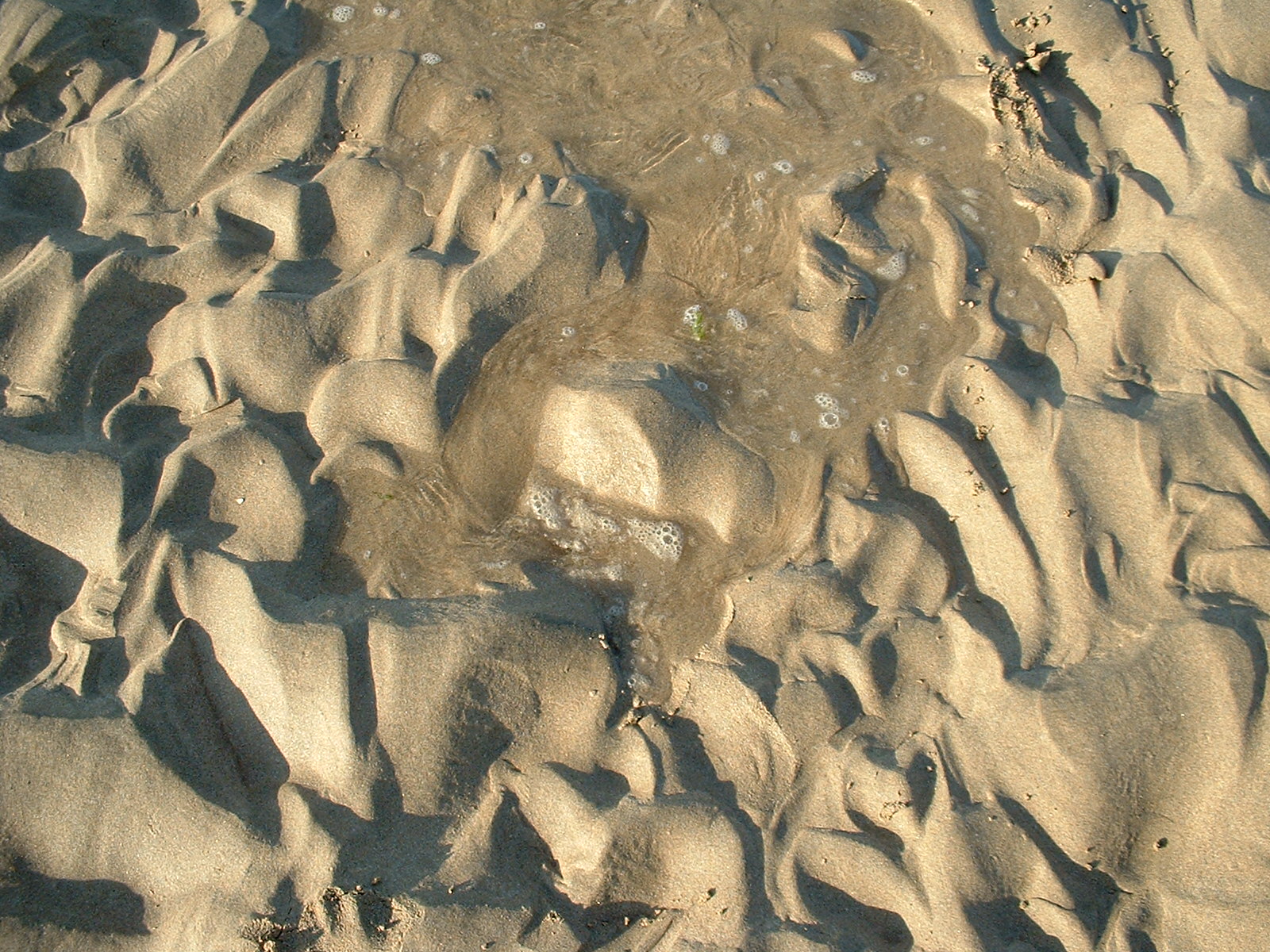A poured concrete wall is a easy, homogenous wall, with the only joint being the floor and the wall itself. This joint is usually in direct contact with groundwater and is usually prone to leaking. Hydrostatic pressure from the ground allows water to seep by way of the stable wall. The added water stress usually leads to the formation of cracks in the strong wall itself. These prices won’t be precise and may differ from one mission to a different. For extra detailed quote please contact us straight. Every house has load bearing walls that hold entire construction. These partitions go under concrete flooring and have footings. Basement underpinning course of is actually excavating and extending help walls with new footings. The basement leaks partitions are divided in three or generally 4 levels of sections. Each part is between 2 and four ft.
These fluctuations cause vital quantities of condensation to gather in your HVAC system, duct pipes, water and drain pipes- even on the ground itself. In the Midwest, a dehumidifier is strongly beneficial with or without encapsulation. As soon as your basement is sealed with white cap, the moisture that develops inside is trapped. This goes to recreate lots of the problems you intended to stop by waterproofing your basement! But a quality dehumidifier will take away this moisture and clear the air circulated throughout your private home. 2175-2650, covers up to 5,000 square toes, and has a 5-12 months manufacturer’s warranty. The seams are sealed with mastic. Bentonite clay mats – Bentonite is clay that expands when wet. The mats are unrolled along the muse partitions, the place the clay can absorb moisture and broaden to seal any cracks or gaps. 1. Excavate and expose the foundation walls. Dig out the soil 2-3 feet from the walls. When you don’t have flows of water after rain or snowfall, however you retain discovering damp spots in your basement, the problem is condensation. Condensation collects in your basement as droplets on any floor when humid air is involved with it. Condensation issues are often easier to fix than leaks.
Before deciding on a restore method, you must determine what is inflicting the distress. Study moldings and trim boards, mortar joints in brick veneer, and home windows in low areas for clues. Additionally take notice of latest weather. Unusually dry or wet weather may cause motion within the underlying soil. The most commonly used methodology of correcting smaller slabs of sunken concrete, equivalent to residential slabs, driveways, sidewalks, swimming pool decks, and so on. is slabjacking. Slabjacking is finished by pumping a cement grout by means of small, strategically-located holes in the concrete slab. Your contractor may also recommend mud- or slab-jacking, another choice for leveling a basis. Grout or foam is pumped into house under the inspiration and pushes or floats the inspiration back to its unique position. This technique solely works if there aren’t structural shifts within the house. 1,300, and it is likely one of the extra affordable options because it does not require as much digging or tools. Underpinning requires elevating the inspiration and installing piers underground.

